Kino's Journey: Volume 3 - Warning - Curves Ahead (DVD)
Introduction
Genre anthology shows are a staple of television. You take a half hour time slot, and use it to develop a new spooky, sci-fi or fantasy story, throw in an almighty twist, and watch the fans tune in by their hordes. It's led to classic shows like The Twilight Zone, The Outer Limits, or Tales of the Unexpected. Kino's Journey has turned out to be the anime equivalent, with Kino visiting a new country in each episode, where a different idiosyncrasy of society is explored with a unique twist at the end. I love its quirky and magical feel, and have been anticipating each subsequent volume with increasing levels of salivation. Fortunately for my carpets, I bought the whole series as a job lot.
Kino is a young adventurer who is travelling the world on a motorrad named Hermes, to all intents and purposes a talking motorcycle. It's a strange world that Kino travels, set in some unspecified future, full of wonders and mystery. It's not for the timid, and naturally Kino is armed for self-defence. Kino has one rule, to never stay in any one place for more than three days, to keep on moving so as to keep learning something new, and to never settle down.
The third volume of Kino's Journey comes with three episodes.
8. Land Of Wizards
Nimya lives in an agricultural country where everything revolves around crop yields and cultivation. It isn't a good place to be an inventor, and her dreams of flight are constantly ridiculed and belittled. She forges on regardless, investing her legacy in ever more fanciful inventions, while her fiancé just wants her to settle down and be a 'normal' wife. She has an invention though that might just work. All she needs is to have a statue moved. But the townsfolk have finally had enough of her eccentricities, and the mayor is moved to destroy her hard work. Then they get their first visitor in five years.
9. Land Of Books
The Land of Books is legendary, a place where all the world's books are collected, and Kino wants to visit. The rules are strict though, as only those who bring a book can borrow one. On their way to the country, Kino and Hermes meet an escapee from the bibliocracy. They are amazed to hear that in a country of books, writing is illegal. Worse, when they get there, they find a pitifully small collection of books to borrow. Apparently people are allowed to read only critic-authorised books.
10. A Tale Of Mechanical Dolls
Hermes' speedometer has stopped working, and the motorrad is beginning to feel the mileage. He's looking forward to a service, and fortunately the next stop on their itinerary is a country technologically advanced enough to offer some repairs. It's just that Kino can't seem to find it. While searching, they bump into an old woman in a forest. She invites them back to her masters' house. She says that she is an android created to serve as a maid, and that her family would be happy to host Kino and Hermes. No one seems to have any knowledge of a nearby country. But sitting down to dinner, Kino notices something odd, and the next day, the maid offers to show Kino something beautiful.
Picture
Kino's Journey has a 1.78:1 anamorphic transfer that doesn't put a foot wrong during the runtime of the disc. The image is impeccable, with no signs of aliasing or compression artefact, and even digital banding was conspicuously absent. A lot of it has to do with the style of the anime itself. It's certainly a unique piece, very impressionistic and minimalist. I think there is a conceit that reinforces the fact that you are watching it on television, with horizontal scan lines deliberately placed in every frame. The character and world designs are simple but effective, and the show has a somewhat 2D feel that harks back to an earlier age of animation, eschewing the CG snazziness of modern productions. The palette is a gentle pastel one, which reinforces the story's ethereal and magical mood. Kino's Journey is a visual delight.
Sound
You have a choice between DD 5.1 English and DD 2.0 Japanese, along with the usual subtitles and signs tracks. Go with the English if you want the extra surround oomph, but the stereo is no small potatoes either, with audible separation and understated but effective sound design. The dialogue is clear in both versions, and there is nothing to fault about the dub. Except that I personally disliked the English dub voice of Hermes. Incidentally, make a note. Kino's Journey has the best opening song for an anime that I have heard yet. It's wonderful.
Extras
Just the usual for the typical anime disc, comprising textless credit sequences, a 5-minute slideshow gallery, and trailers for Get Backers, Last Exile, Chrono Crusade, and Evangelion.
Conclusion
Volume 2 had turned out to be an ever so minor disappointment for me, with its imaginative world view and high level of story-telling marred just a little by a couple of preachy and obvious messages. Still, it's like saying that they were disappointing episodes of The West Wing, certainly not enough to stop you watching, and still with plenty more to offer than the usual run of the mill series. With this third volume though, Kino's Journey is back at the top of its game, with three stories that are varied and entertaining, not at all preachy, and certainly unpredictable. This is a fine example of what anime is capable of, and a perfect rebuttal to all those accusations of formulaic shonen shows, and anime stereotypes.
The first episode on the disc turns out to be my favourite so far, with a wonderful tale of obsession, invention and the pursuit of man's fantasy of flight. In this unspecified future world, powered flight has been lost, or was never achieved, so Nimya's pursuit of it is greeted with scepticism and doubt from all around her, yet she battles though to create her own version of the Wright Flyer. This delightful story is told from Nimya's point of view, with her own narration as she relates the history of her quest. She suffers more than the usual derision doled out to crackpots, as her fiancé wants her to settle down, and be a 'normal' farmers wife. It's to her credit that she can answer him without spitting tacks. Kino is hardly in this episode, but her arrival is what catalyses Nimya's dreams.
The Land Of Books is another look at authoritarianism, although it isn't as blatant as the earlier looks at democracy and monarchy. It is another instance of power corrupting, as what begins as a laudable goal to collect and collate information becomes a desire to utterly control it instead. Consequently, no one is allowed to create in the Land of Books, and all books that pass through the borders must be tested for worthiness to be read by the general population. What's interesting is that the final arbiters of good taste aren't the censors, they are the critics, something I see little problem with. This show initially does look as it is heading in a familiar direction, but there are some twists that show up that are quite surprising.
A Tale of Mechanical Dolls take us in a rather melancholy direction, when Kino and Hermes encounter an android that's built like an old woman, whose sole purpose in life is to serve a family living in an isolated house in the forest. Although one of the twists is signposted, the story takes us on an unexpected and tragic path. It's also one that shouldn't be spoiled, so other than to say that it was an effective and moving tale; I'll leave it at that.
When the majority of anime is identikit stuff about ninjas or giant robots, action or harem comedy, it's easy to become jaded when the search for the next big thing gets a little repetitive. Kino's Journey isn't the next big thing; it's not meant to be. It is however, just what the doctor ordered, a delicate exquisite sojourn in a diverse and powerfully imagined world, which offers something unique. It's proof positive that not all anime is the same.
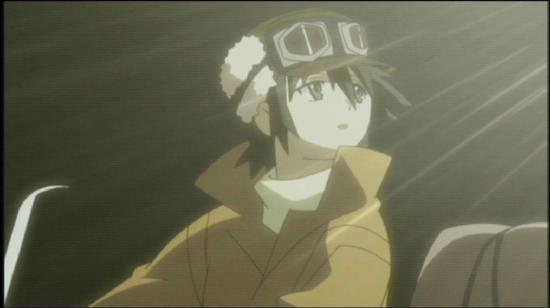
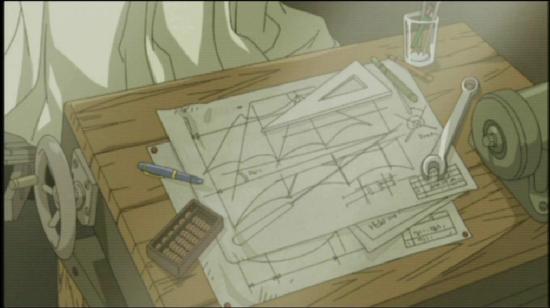
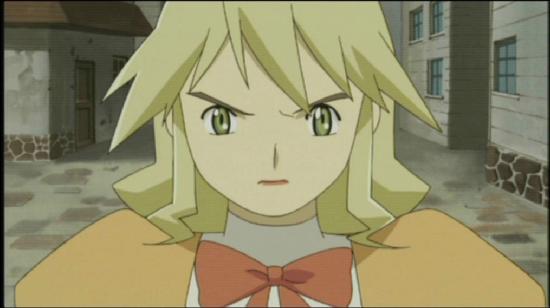
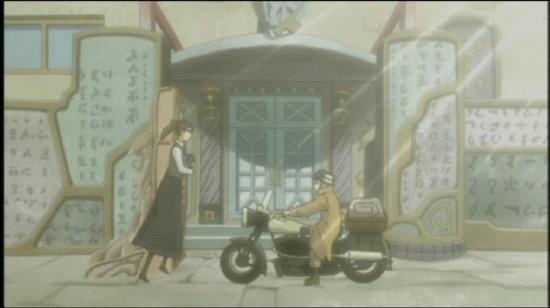
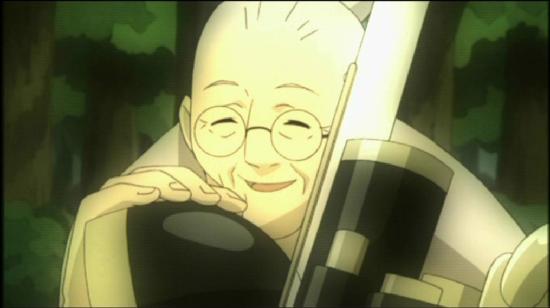
Your Opinions and Comments
Be the first to post a comment!